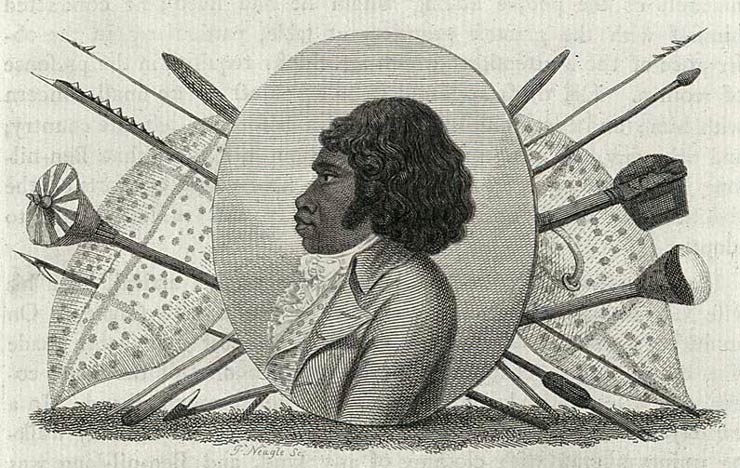The Wallumattagal Country
Learn the History of The Wallumattagal Country

Aboriginal people lived for thousands of years in what we call the City of Ryde - where Macquarie Centre sits today. When the first Europeans settled at Sydney Cove in 1788 the traditional owners of this area were the Wallumedegal. That name was told to Captain Arthur Phillip, first governor of the convict colony of New South Wales, by Woollarawarre Bennelong who came from the clan called the Wangal on the south side of the river.
It is likely that the name Wallumedegal or Wallumattagal was derived from wallumai the snapper fish, combined with matta, a word used to describe a place, usually a water place, as with Parramatta and Cabramatta. That would mean they were the snapper clan and the fish was their totem, just as burra (the eel) was the totem of the Burramatta or Boromeda-gal or clan at Parramatta and cobra (the white grub of the shipworm) that of the Cobragal at present Liverpool and Cabramatta.
Wallumedegal territory followed the north bank of the Parramatta River from Turrumburra (Lane Cove River) in the east to Burramatta at the head of the river to the west. The northern boundary would logically be the Lane Cove River and the northern neighbours therefore the Cameragal or spear clan. Further east, opposite the Cameragal, were the Cadigal, a harbour-dwelling clan, which occupied the present Eastern Suburbs and City of Sydney, from Inner South Head to Darling Harbour.
The Wallumedegal survived for generations in a rich environment of river flats, creeks and mangrove swamps, fishing with pronged spears and handlines, feasting on shellfish, hunting birds and small game, and collecting a variety of edible bushfood plants. They spoke the same language as the Port Jackson and coastal clans, from Botany Bay to Broken Bay. The dialect of the sea coast, wrote Marine Captain Watkin Tench, was spoken at Rose Hill (Parramatta). The dialect of the same language west of Parramatta is now called Darug.
The first encounters between the foreigners in boats and the river people in February 1788 were friendly, with laughter and mimicry on both sides. Their lives changed forever the following November when armed marines built an earthwork fort at Parramatta.
Source: www.ryde.nsw.gov.au